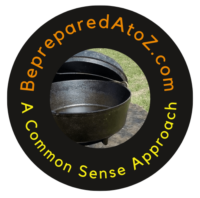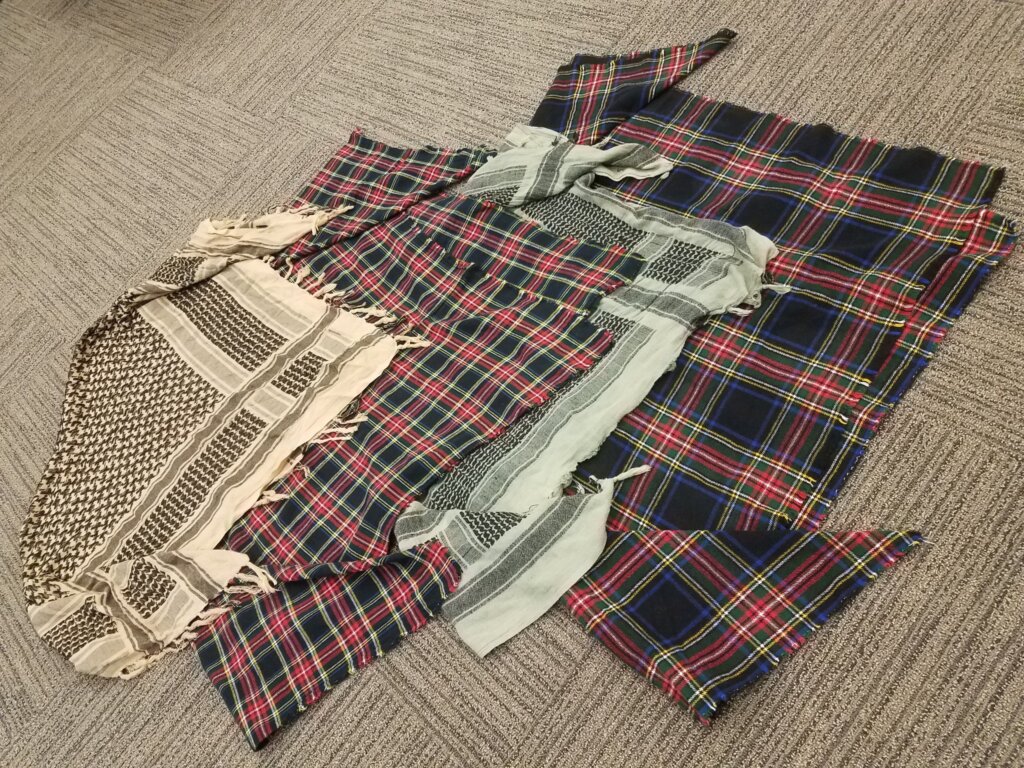How to Clean a Fish
Have you thought about picking up the sport, or hobby, of fishing? Maybe you thought that sport or hobby would be an easy/cheap way to put some protein on the table? Then the catching was easy, but you were not sure the easiest way to clean those slippery scaly chunks of protein for cooking. It’s as simple as gathering the equipment for the project and learning a few basic steps.
The equipment
Basically, there are only 2 items that are needed: a knife and a cutting board, (an easy to clean knife sharpener is a great extra piece). Some folks suggest that any old knife will do. This may be true in a pinch, but I like to use a relatively long blade that is fairly straight, about 6-7 inches in length.

The other knives pictured would do the job in a pinch. The second item is a good cutting board that can easily be cleaned. I usually pick a plastic cutting board for this purpose since it does not absorb the fish smell. The wood cutting board pictured here was pulled out of the trash and refinished. Interestingly, it did not pick up the fish smell either, (surprise).
Once you have your equipment, it’s time to bring on the fish.

Step 1
The first cut should get rid of the head with one swift movement. Yeah, RIGHT, depending on the fish this may be a process in and of itself. The blade should run on a slight angle so that the side fins and the cartilage right behind the gills are removed. On most fish, the cartilage is located under the back edge of the gill plate that cover and protect the gills.

Step 2
The next step is to find the vent, and cut from there up to the front edge of the fish,
Step 3
Then on smaller fish like this Bluegill, I like take my thumb and, starting at the vent, scrape out the guts as I move my thumb forward toward the front of the fish. Note the film like membrane that is left after the gut has been removed. I cut the membrane so you can see under it.
Step 4
The next step is to remove the membrane and clean the gunk out from behind it. I do not know the scientific name for the gunk, but there is a black substance along the backbone under another membrane that should be removed. Having running water is a bonus at this point because the black gunk is easier to remove under running water. If you leave traces of the black stuff, don’t fret. You will live. After it is cooked you won’t even know it is there.
Step 5
The final step is to get rid of the “pretty.” On most fish, the bright colors are created by the scales. The scales need to come off. Most warm water species like sunfish and bass have large scales that are easy to remove by holding the knife horizontal like above but with the blade straight up and down. Then scraping from the tail toward the front of the fish. (You will want to do this outside where making a mess is NOT a problem. The scales will fly everywhere!) Cold water species like trout generally have very small scales that are hard to remove. It can be done, but the final product is less than desirable. Most people who I have fished with for these cold water species skin their fish leaving a nice piece of meat as a final product.

This fish is gutted, scaled, and rinsed ready for the frying pan. A little egg, a little cornmeal or flour, and some olive oil…FISH FRY!
To fillet or not to fillet? That’s the big question. If you are planning to deep fry this little guy, filleting is not necessary. Baking should not present a problem either. Pan frying, however, may present some issues depending on how thick the fish is and how hot the pan is when the frying is done.
A Final Thought
It has been said that if you give a man a fish he will eat for a day. If teach a man to fish he can life a long and full life. I believe that this statement is basically true. The part that I believe is very important about a eating scenario is that the fish must be clean! Many people believe that it is possible to catch a fish and then cook it up. I suppose that it could go straight from creek to skillet straight away, but then the fisherman will be looking for something else to eat. Why, you ask, I believe that a fish with scales and guts just won’t be the same as one without. You want to be in a position to watch when somebody cleans there first fish. One reason is you can watch them grow and that’s beautiful thing. The second reason is you can pass the baton to a new person so that they too can eat for a lifetime without being a burden.








